Manet: Portraying Life at the Royal Academy
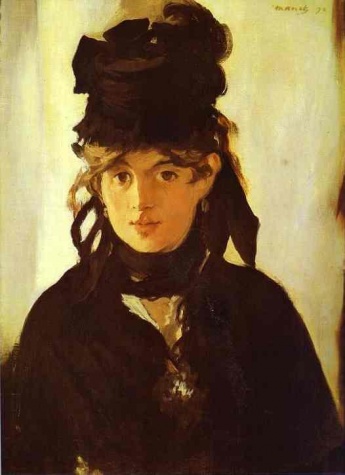
Opening on 26th January, the Royal Academy of Arts’ latest exhibition, Manet: Portraying Life, is, in fact, the first UK show to be dedicated solely to the work of French painter Édouard Manet (1832-1883). It may initially seem surprising, especially taking into account that the show is not a complete retrospective in the traditional sense.
Although Manet is an artist recognised for his landscapes, the focus of this exhibition is his portrait work, with over 50 portraits on display. Instead of exhibiting the pieces in chronological order, the show’s curators, Mary Anne Stevens and Dr Larry Nichols, have chosen to group the pieces according to the relationship between Manet and the painting’s subject.
As the exhibition’s subtitle, Portraying Life, suggests, there is an emphasis on how Manet has captured the characters of his subjects. It is worth noting that photography was introduced during Manet’s career, but, whilst he had an interest in the medium, painting remained his preferred form of expression. The pieces on display were mostly produced using oil on canvas, but there are also some pieces in pastel created during the later years of his life.
Manet’s family, in particular his wife Suzanne Leenhoff and adopted son Leon (born illegitimately prior to the couple’s marriage), feature heavily in his works. The viewer is given a glimpse into their life as a family through focused seated portraits of Madame Manet, as well as more playful pieces such as Boy Blowing Bubbles (1867).
When working on social scenes, Manet often used real sitters and sometimes created settings within the confines of his studio, a technique which ultimately gives the paintings a greater sense of immediacy. For example, The Luncheon (1868) portrays a young man – Leon – leaning against a table and looking ahead with a somewhat blank expression. Behind him, a man, one of Manet’s friends, is seated and to his right stands an unidentified woman. Everything in the piece is carefully composed, to the extent that the pattern upon the vase in the corner brings together every colour in the room, yet, despite this, the piece maintains a sense of reality.
The exhibition also includes two rooms dedicated to Manet’s portraits of contemporaries, which include Émile Zola and Stéphane Mallarmé, as well as his students and models Eva Gonzalès and Berthe Morisot.
The pieces bring one issue to light: when is a painting finished? As Manet is an artist whose works change stylistically from piece to piece, we can see changing levels of detail, technical freedom and expressive impression. A good example is in room six of the exhibition where Manet’s Portrait of Antonin Proust (1880) displays fineness in keeping with traditional portraits of the era, and hangs opposite Portrait of Monsieur Arnaud (1873-75), a piece which demonstrates a much freer application of the paint in large, dry brushstrokes.
These ongoing variations in style have divided critics over Manet’s work, however, his experimental approach has attracted equally as many admirers. The exhibition at the Royal Academy provides a unique insight into the work of the artist labelled as the father of modern art. It’s a rare opportunity and should not be missed.
Melanie Weaver
Manet: Portraying Life is on at the Royal Academy from 26th January until 14th April 2013. For further information or to book visit the gallery’s website here.

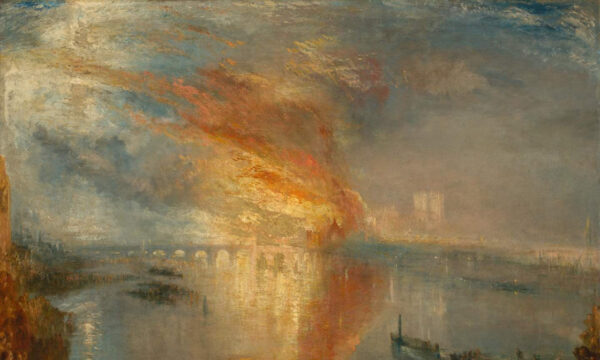
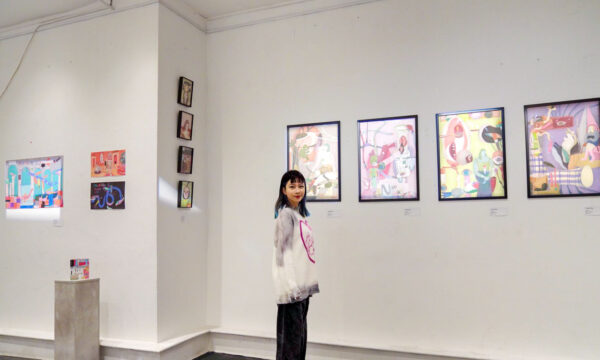
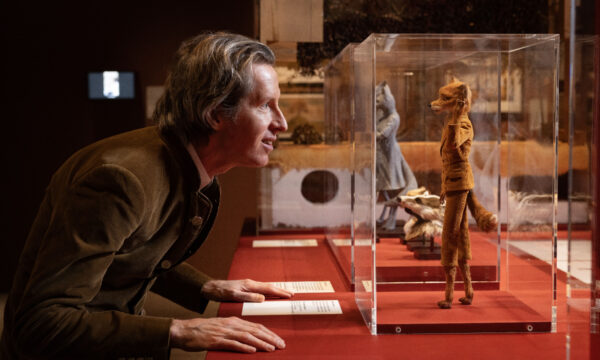
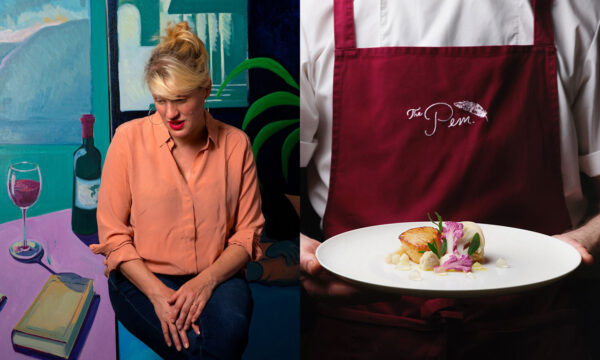
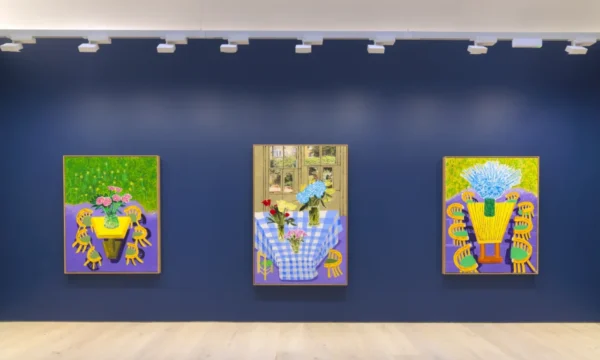
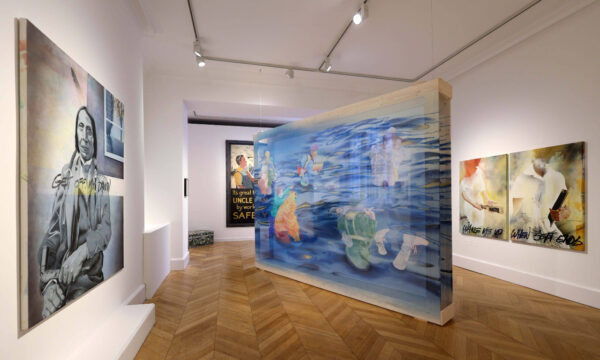
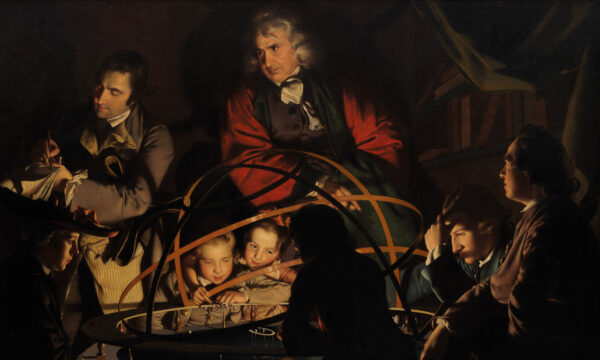

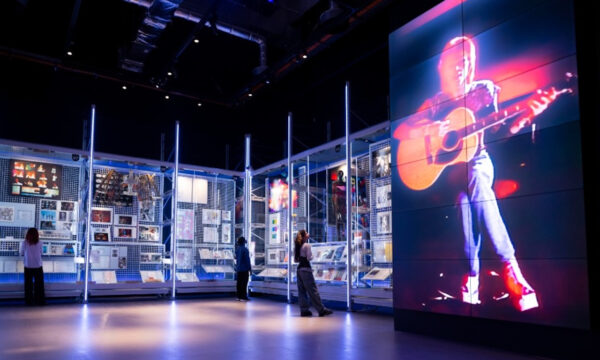
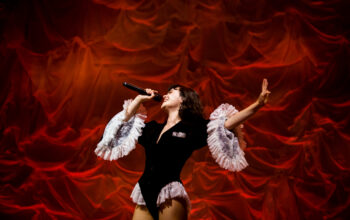
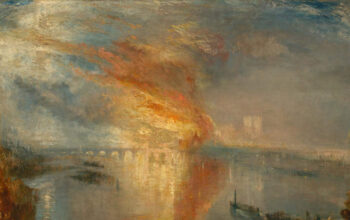






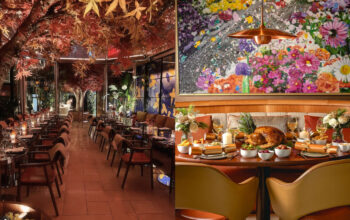
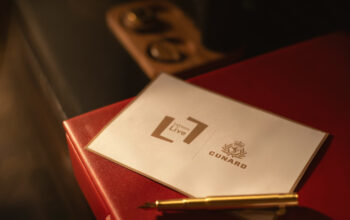





Facebook
Twitter
Instagram
YouTube
RSS